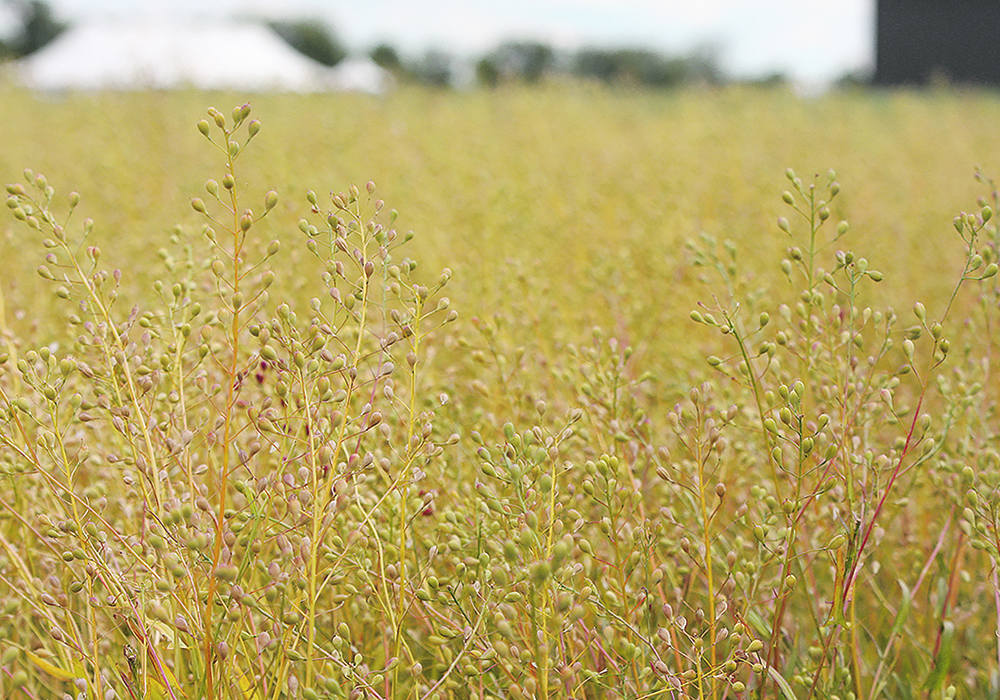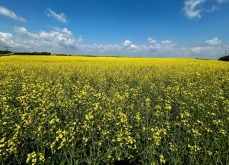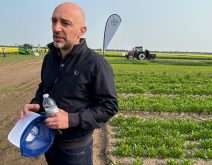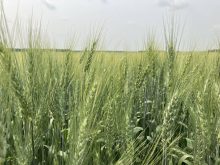Manufacturers of sustainable aviation fuel say the increase in light duty electric vehicles has created an ethanol surplus
SASKATOON — Sustainable aviation fuel manufacturers say they won’t be compromising food supplies despite consuming large volumes of agricultural products.
The U.S. government has established goals of scaling up SAF production to three billion gallons by 2030 and 35 billion gallons by 2050.
Related stories:
Most of that fuel is expected to be made using agricultural feedstocks, at least initially.
Read Also

Canada’s plant hardiness zones receive update
The latest update to Canada’s plant hardiness zones and plant hardiness maps was released this summer.
That has critics resurrecting the old food versus fuel debate that first surfaced during the ethanol boom of the late-2000s.
But that is outdated thinking, according to a panel of SAF manufacturers presenting at the Agri-Pulse Ag & Food Policy Summit.
Alex Menotti, vice-president of government affairs, policy and sustainability at LanzaJet, said his company just opened the world’s first ethanol-to-jet SAF plant in Georgia.
It will be converting 10 million gallons of ethanol per year into SAF and diesel.
The plant represents one-third of total current U.S. SAF production, so the country is a long way from meeting its goal of three billion gallons, or 10 percent of all jet fuel use in the United States.
However, he is confident the ambitious target will be achieved. LanzaJet plans to produce one-third of that total without compromising food supplies.
Menotti said there is plenty of excess ethanol production in the U.S. due to demand destruction caused by the electrification of light duty vehicles in that country.
SAF offers a way to mop up that excess ethanol production.
“Alcohol-to-jet can solve a lot of problems, frankly,” he said.
There won’t be huge amounts of new ethanol production, just an additional use for what is already being made.
“It’s really, in some ways, status quo,” he said.
Alan Weber, founding partner of MARC-IV, is helping promote alternative oilseed crops that will be used to make SAF.
The company is focused on crops such as camelina, covercress, brassica carinata and winter canola.
All those crops can be grown as cover crops that improve soil health and potentially add to food supply.
Weber said the feedstocks are complementary in terms of geography. Camelina will be grown in the Pacific Northwest and Plains region of the U.S., covercress in the Midwest, winter canola for the mid-south and carinata in the far south between Texas and Florida.
These “new kids on the block” don’t require any additional acres. For instance, camelina can be planted during the fallow years in a wheat-fallow-wheat rotation in the Pacific Northwest and covercress is planted after the corn harvest in the Midwest and harvested before soybean planting.
That helps the feedstocks achieve the low carbon intensity scores that are sought after by SAF manufacturers.
Weber noted that corn and soybean yields have increased by 30 per cent over the past two decades.
For soybeans that’s an additional 12 bushels per acre, resulting in another 12.5 billion pounds of soybean oil production per year.
The renewable fuel sector consumed 13 billion pounds of soybean oil last year, so it was almost entirely supplied by the productivity increases resulting from innovation over the past couple of decades.
“We’re going to continue to innovate, and the feedstocks will be there,” he said.
Tim Obitts, chief executive officer of Alder Renewables, said his firm is building its first commercial plant that will convert woody biomass, agricultural residues and purpose-grown energy crops into SAF and other products.
The company is using residues such as nutshells, sugar bagasse, sawdust and regenerative grasses such as miscanthus that will be grown on fallow land as its feedstock.
He said farmers are in the driver’s seat when it comes to SAF.
“You are above ground oil wells,” said Obitts.
But there is one thing that concerns him on the horizon.
“There’s going to be a clash between Europe and the U.S.,” he said.
That is because the European Union won’t allow sugar and corn to be used to create jet fuel.
U.S. corn farmers are also currently in a battle to get their government to recognize corn ethanol as an eligible feedstock, but most analysts believe that will eventually happen.
















